Science Visualized
-
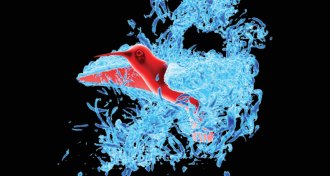 Animals
AnimalsCapturing the wonders of hummingbird flight
Recent computer simulations reveal how hummingbirds manipulate the air around them to aid in flight.
By Andrew Grant -
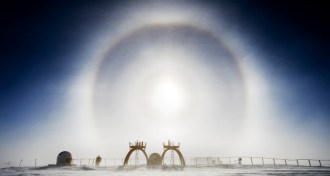 Physics
PhysicsHalo of light crowns Antarctica
Ice crystals in the air bend sunlight into a ring over a research base in eastern Antarctica.
-
 Health & Medicine
Health & MedicineAnatomy of the South Korean MERS outbreak
The Middle East respiratory syndrome virus, which infected 186 people in South Korea in 2015, quickly spread within and between hospitals via a handful of “superspreaders.”
-
 Planetary Science
Planetary ScienceA defenseless Mars is losing its atmosphere
Measurements of Mars’ atmosphere leaking into space could help scientists explain how the Red Planet lost its once life-friendly climate.
-
 Life
LifeMicroscopes have come a long way since 1665
A 350-year-old drawing in Robert Hooke’s Micrographia and an award-winning photo demonstrate the evolution of the microscope.
By Andrew Grant -
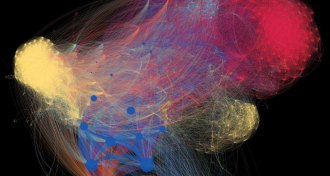 Animals
AnimalsDiagram captures microbes’ influence across animal kingdom
A network diagram of animal species shows that many microbes living in humans also make themselves at home in dogs, pigs and cattle.
By Meghan Rosen -
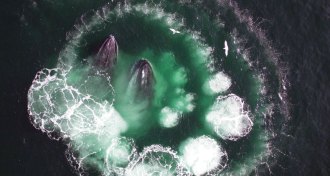 Animals
Animals‘Whalecopter’ drone swoops in for a shot and a shower
Whale biologists are monitoring the health of whales using drones that snap photos and then swoop in to sample spray.
By Susan Milius -
 Science & Society
Science & SocietyNeurological condition probably caused medieval scribe’s shaky handwriting
By scrutinizing a medieval scribe’s wiggly handwriting, scientists conclude that the writer suffered from essential tremor.
-
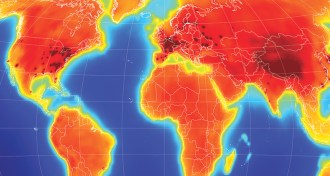 Particle Physics
Particle PhysicsMap captures Earth’s antineutrino glow
Tiny subatomic particles called antineutrinos stream away from Earth at different concentrations across the globe, a new map illustrates.
By Meghan Rosen -
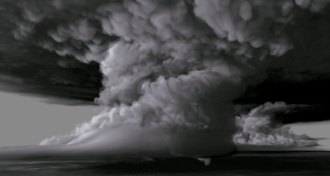 Climate
ClimateVirtual twister reveals possible source of tornado longevity
First computer simulation of a long-lived EF5 tornado may reveal why some twisters stick around.
-
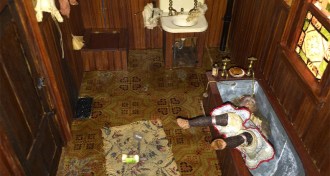 Science & Society
Science & SocietyHow dollhouse crime scenes schooled 1940s cops
In the 1940s, Frances Glessner Lee’s dollhouse murder dioramas trained investigators to look at crime scenes through a scientific lens.
-
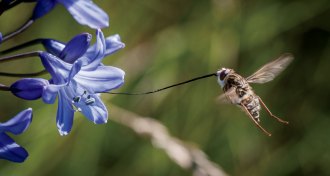 Animals
AnimalsLong-tongued fly sips from afar
Long-tongued flies can dabble in shallow blossoms or reach into flowers with roomier nectar tubes.
By Susan Milius